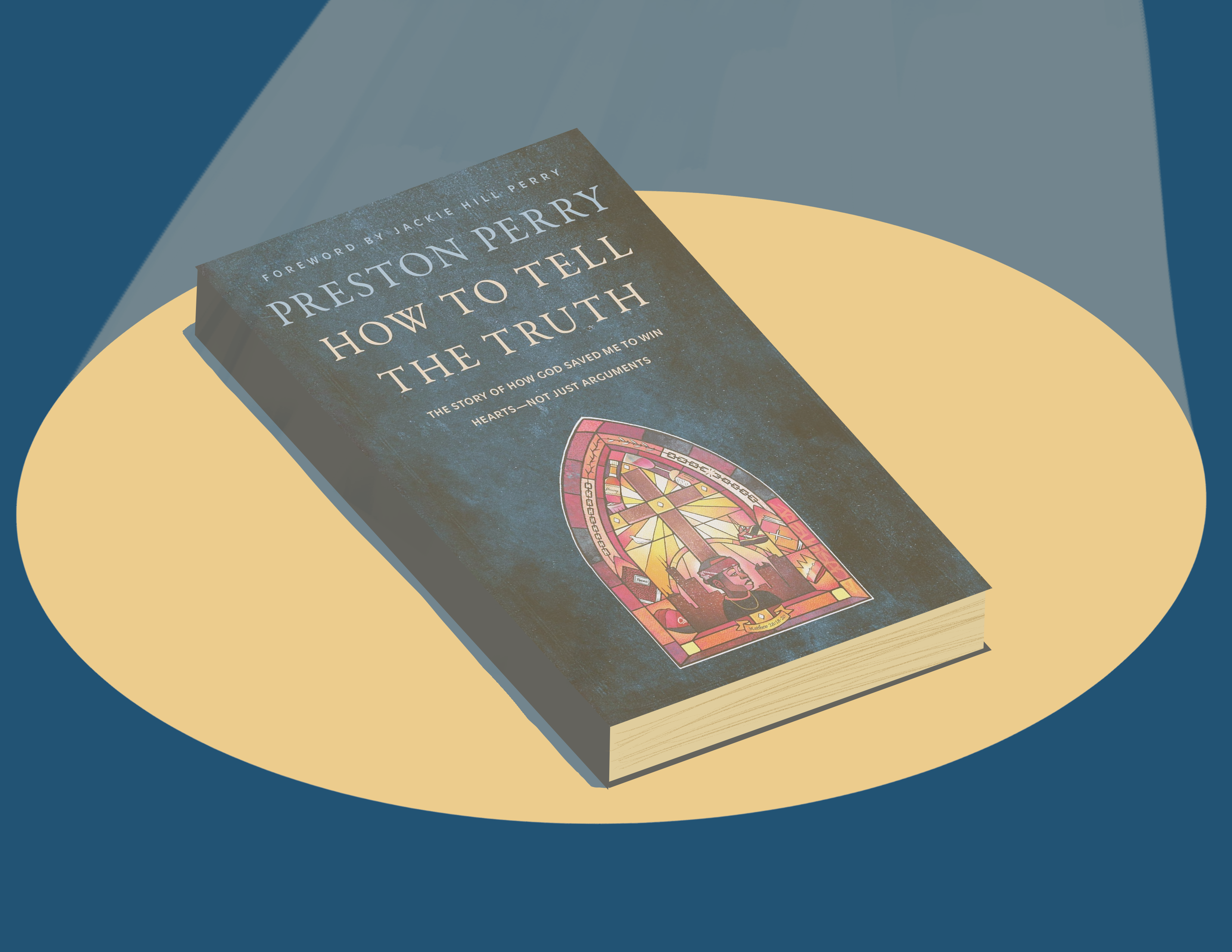Preston Perry’s autobiography “How to Tell the Truth” achieves more than a handful of incredible feats — the chief among them being an effective and urgent call to a countercultural way of talking about faith.
The central message of the spoken-word poet’s debut book is one of hope and love. It urges readers to break down the notion that they should avoid conversations on topics where they disagree with others. Perry calls for his readers to engage in these conversations with gentleness and respect. He portrays these values as necessary to not only listen well in conversations but also to love others well.
I found myself taking many notes while reading to fully digest what was being communicated; every page was saturated with profound wisdom. Perry does an excellent job of teaching and giving such sage wisdom in an easily digestible style and format — a trademark of an exceptional communicator.
In the first few chapters, Perry recalls how his childhood influenced his current perspective on faith. Growing up in Chicago, the tragedies that he and his family faced were catalysts for his journey into the faith he practices today. What follows are accounts of how monumental figures in his life shaped his journey and how he engages with the people around him. These influential figures range from his grandmother who was the backbone of his family growing up, to a fellow classmate at Prairie State College with whom he had vigorous conversations each day they came into class.
While I was reading there were countless times when I felt the need to underline different lines in the book plainly because of how beautifully they were written. Perry’s lyrical writing style and skillfully crafted analogies communicate the lessons he learned in a layered way so the reader clearly understands both underlying takeaways and sentiments.
The book is composed of both vulnerable, personal narratives told in what feels like a conversation with an old friend, as well as passionate, detailed instructions on how to engage in conversations about different faiths. The stories told by Perry feel like film on a page. Each story introduces people who had profound influences on Perry’s narrative and from whom he learned many of the lessons he teaches to his readers throughout the pages.
After each piece of his story was told, a smooth transition into a breakdown of what he learned from each experience followed. The debriefs of various lessons learned weren’t told in the typical matter-of-fact or barebones colloquial manner. Instead, Perry told both the narrative parts of the book and the instruction on how to have fruitful conversations with poetic flair.
Poetry is a strand woven throughout the book. In the first chapter Perry writes these stunning lines: “No two days in our neck of the woods were just alike, yet each day was related. Every day saw shoot-outs, fistfights, and police harassment. Living in the city in those days was like being trapped in a broken jukebox, one that refused to play the same song twice and skipped the song you selected, yet everything it played sounded the same.”
Perry’s book comes at a perfect time when books instructing people how to have conversations on contentious issues with love and respect is much needed. This book is perfect for any reader: we all have belief systems we care to deeply explore but we should all be informed about different perspectives that others hold too.
If not for the tips on engaging in conversations about faiths and beliefs, get the book to read gripping and heartfelt stories told poetically by a wonderful communicator.
Editor’s Note: This article is a review and includes subjective thoughts, opinions and critiques.
